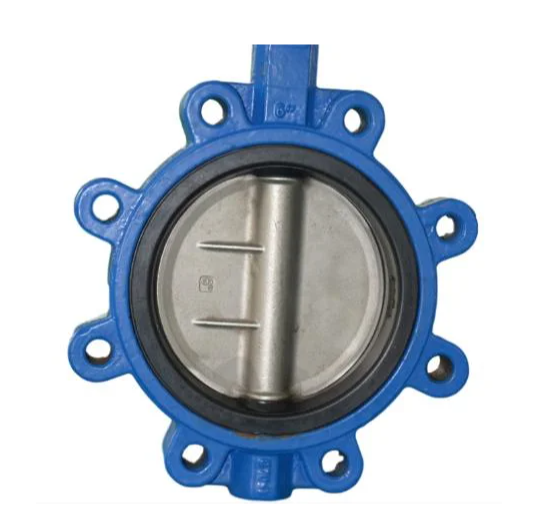Butterfly valves are tested for performance and leakage through various methods.
Here are some common tests conducted on butterfly valves:
Hydrostatic Test: This test involves pressurizing the valve with water to a specified pressure level to check for any leaks. The valve is inspected for any signs of leakage, such as visible water seepage.
Seat Leakage Test: This test evaluates the sealing capability of the valve seat. The valve is closed and pressurized, and the leakage rate is measured by monitoring the flow of a test medium (usually water or air) passing through the valve. The leakage is compared against industry standards to determine if the valve meets the required leakage criteria.
Torque Test: The torque test measures the amount of torque required to operate the valve. It ensures that the valve operates smoothly and without excessive resistance.
Cycling Test: In a cycling test, the valve is repeatedly opened and closed to simulate its operational lifespan. The test assesses the valve’s durability, including its ability to maintain proper sealing and functionality over multiple cycles.
Flow Coefficient (Cv) Test: The flow coefficient test measures the valve’s flow capacity and pressure drop characteristics. It determines the Cv value, which relates to the valve’s ability to control fluid flow.
High-Pressure Gas Test: For valves designed for high-pressure applications, a high-pressure gas test is conducted. The valve is subjected to elevated pressures to ensure its structural integrity and resistance to leakage.
Performance Test: Performance testing involves evaluating the valve’s overall functionality, including its response to actuation, performance at different flow rates, and adherence to specified performance parameters.
These tests are typically conducted according to industry standards and guidelines, such as those provided by organizations like the American Society of Mechanical Engineers (ASME), American Petroleum Institute (API), or International Organization for Standardization (ISO). The specific testing procedures and acceptance criteria may vary depending on the intended application, valve size, and applicable standards.
What are the potential limitations or challenges associated with the use of butterfly valves?
While butterfly valves offer several advantages, they also have certain limitations and challenges that should be considered.
Here are some potential limitations associated with the use of butterfly valves:
Pressure Limitations: Butterfly valves may have limitations in handling high-pressure applications compared to other valve types, such as gate valves or globe valves. High-pressure conditions can cause stress on the valve disc and stem, potentially leading to deformation or failure.
Leakage at Low Pressure: In some cases, butterfly valves may exhibit higher leakage rates at low-pressure differentials compared to other valve types. This can be a concern when precise sealing is required, especially in applications with sensitive fluids or strict environmental regulations.
Throttling Capability: While butterfly valves can be used for throttling applications, their flow control performance may not be as precise or linear as that of other valve types. They may not provide the same level of flow control accuracy required in certain processes.
Cavitation and Erosion: In applications where there are high fluid velocities or pressure differentials, butterfly valves may be prone to cavitation (formation and collapse of vapor bubbles) or erosion due to the high-speed flow. These issues can lead to damage or wear on the valve components.
Limited Temperature Range: The choice of materials used in butterfly valves can limit their temperature range. Extreme temperatures, lt butterfly valve whether high or low, may affect the performance and integrity of the valve components, including the sealing materials.
Slurry or Solid Particle Handling: Butterfly valves may face challenges in handling fluids with high concentrations of solids or slurries. The presence of solid particles can cause abrasion, clogging, or interference with the valve’s sealing mechanism.
Dead Space and Cleanability: Butterfly valves can have relatively large dead spaces or pockets where fluid can accumulate and become stagnant. This can pose challenges in applications where cleanliness, hygiene, or avoidance of cross-contamination are critical.
Noise and Vibration: Depending on the flow conditions and valve design, butterfly valves can generate significant noise and vibration during operation. This can be a concern in applications where noise control or vibration damping is important.
Size and Weight: Large-sized butterfly valves can be heavy and require substantial space for installation. The size and weight of the valves can impact the system design, installation requirements, and shipping costs.
It is important to carefully evaluate the specific requirements and constraints of an application to determine if a butterfly valve is the most suitable choice or if another valve type would be more appropriate.

